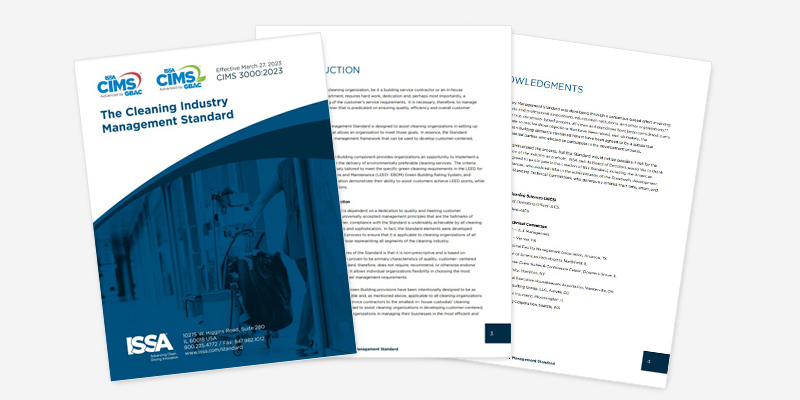The Wild West of IFUs and DFUs
When patient safety is on the line, few documents matter more—and are followed less consistently—than instructions for use (IFUs) and directions for use (DFUs).
In a lively, candid webinar discussion, three leaders unpacked where the process breaks down and how to fix it: Joanna Mills, Director, Infection Prevention at John Muir Health; Barbara Strain, Principal, Barbara Strain Consulting; and Sarah Wilkerson, System Executive Director, Infectious Disease Management and Prevention at Providence.
First principles: What IFUs and DFUs actually do
Mills framed IFUs/DFUs as integral to the FDA’s validation process—not just “how to use” a device, but how to clean, maintain, reprocess, and store it safely in real clinical environments. That scope goes beyond medical devices to the beds, IV poles, remotes, and other surfaces in the environment that can harbor organisms and influence outcomes. The problem, Mills noted, is twofold: Manufacturers often prioritize technical performance over usable, enforceable IFUs, and “there’s no real follow-up,” leaving hospitals exposed when instructions aren’t practical or accessible.
Where accountability lands
Wilkerson mapped the alphabet soup. The FDA governs device safety and effectiveness, including the claims around cleaning, disinfection, sterilization, and reuse. The EPA regulates disinfectant products, from dilution and application to contact time and precautions. CMS and The Joint Commission don’t write IFUs, but they enforce compliance with standards and manufacturer instructions—meaning deviations invite citations and real patient risk.
So, who is ultimately responsible? “It is a shared responsibility,” Wilkerson said, but it ends at the facility. Hospitals must ensure staff can find, understand, and use IFUs; when constraints force deviations, they must justify and document mitigations—work that is time-consuming and often unsupported by manufacturers.
Compatibility isn’t durability—and that’s costly
Strain, a former clinical microbiologist and long-time value analysis leader, called today’s ecosystem the “Wild West.” Guidelines are frameworks, she said, but each authority stays in its lane, leaving gaps in how requirements connect in practice. Crucially, she drew a line between compatibility (does a disinfectant’s chemistry damage a material) and durability (what actually happens with real-world frequency and technique, day after day).
Her case in point: The IV pump. On paper, AHA estimates a 10-year useful life. In reality, surface damage—beginning with “low-risk” cosmetic issues and escalating—can appear within months to two years once new pumps meet daily cleaning and handling. Total cost of ownership quickly diverges from expectations.
Why product selection must start with the whole room
Strain cited best practice for product and disinfectant selection demands all stakeholders at the table from day one: Nurses, pharmacy, EVS, biomed, infection prevention, quality, and finance. Interchanging disinfectants to “make it easy” is tempting, but the right choice depends on use case, materials, workflow, and future change. Microbes also “don’t behave”—novel organisms and resistance challenge static plans. In short, implementation reality should drive the decision, not follow it.
Access, versions, and ambiguity: the barriers at the elbow
Even when hospitals want to follow IFUs, Wilkerson said, they may struggle to access the correct version. Files can be buried on manufacturer sites, updated without notice, or posted as international versions listing incompatible products. There’s no standard format, so instructions vary in layout and clarity, and frontline teams are rarely included in development. Proprietary product callouts (“use Brand X”) further complicate compliance when an equivalent disinfectant exists but isn’t named.
Mills added that the end user spectrum is wider than nursing: x-ray techs, transport, respiratory therapists, and others touch equipment but may not be trained—or expected—to clean it. Education is the critical gap, yet time, staffing, and role boundaries make consistent training hard to achieve.
EVS realities and the turnaround clock
Expecting one EVS technician to sanitize every device and surface in a patient room—plus discharge cleans—against tight turnaround time targets is unrealistic, Mills said. The pressure intensifies in the OR, where bioburden and splash events demand meticulous between-case cleaning while schedules push for speed. “Time is money,” but shaving minutes can compromise steps, especially when IFUs are long, fragmented, or unclear.
Training that survives audits—and real life
So, what works? Wilkerson recommended a centralized repository for IFUs, with manufacturers obligated through contracts to provide training. Build competencies, not just read-and-sign: “do one, see one, teach one” creates super users who reinforce practice on the floor. Simplify with checklists that reflect the IFU—not a shortcut, but a translation. Don’t wait for surveyors; do internal audits on high-risk items, use protein/ATP checks to verify cleaning outcomes (e.g., endoscopes), and revalidate skills regularly. Where IFUs conflict with reality, escalate to manufacturers early and document mitigations.
A new role to bridge the gap?
An audience question asked whether hospitals should develop upskilled environmental hygienists to span medical and EVS responsibilities. Strain saw pros and cons. Extra expertise can offload overwhelmed IP teams, but new layers risk new silos. If pursued, the model must be cohesive and well-run, scaled to the organization’s size and complexity, and integrated into existing lines of accountability—not bolted on.
Digital tools, QR codes, and the missing repository
All three panelists pointed to technology as the only workable way to bring IFUs to the elbow. Mills described the staggering volume—pages of devices per ICU—and asked the central question: who can know all those IFUs? Without a universally accessible, up-to-date repository, end users will keep guessing. QR codes on devices can help, Wilkerson said, linking to the correct version at the point of use. But today, comprehensive repositories are paid services and incomplete, and there’s no national standard.
The wish list: standard labels, real-world steps, shared accountability
If they could wave a wand, the panelists would start with standardized IFU formatting—think a “nutrition label” for devices—so every team knows where to find dilution, application, contact time, storage, compatibility, and reprocessing steps. They want open, readily available versions of current IFUs, written for real-world scenarios, using products facilities actually stock. And they want regulators and manufacturers in continuous conversation with IP, EVS, biomed, and clinicians—closing the gaps that leave end users holding the risk.
Mills pushed further on accountability. Right now, hospitals bear the brunt of enforcement even when they can’t control upstream validation, updates, or training support. She argued for stronger federal leadership—not just enforcement but periodic review and modernization—so outdated validations and mixed messages don’t endanger patients 10 or 20 years later.
The action plan for manufacturers, EVS, and healthcare leaders
- Inventory responsibilities by room and device: Clarify exactly who cleans what, when, and with what, posted where staff can see it.
- Centralize your IFUs: One source of truth, version-controlled, linked via QR codes on the equipment.
- Contract for training: Make manufacturers deliver onboarding and refreshers; build competency assessments that test performance, not just recall.
- Audit and verify: Use ATP/protein checks for high-risk reprocessing; run internal audits more frequently than external surveys.
- Select with implementation in mind: Bring EVS, nursing, pharmacy, biomed, IP, and finance to the table before purchase; weigh durability under real cleaning frequency, not just compatibility in a lab.
- Document deviations: When constraints force adaptations, justify and mitigate in writing—and press manufacturers for acceptable alternatives.
- Advocate upstream: Join industry dialogues to push for standardized IFUs, accessible repositories, and realistic instructions that reflect clinical workflows.
The headline message from all three experts is simple and urgent: IFUs and DFUs are only as protective as our ability to find them, understand them, and follow them under pressure. Standardized formats, modern delivery, and shared accountability won’t just reduce citations—they will keep patients safer and protect the devices and teams we rely on every day.

















